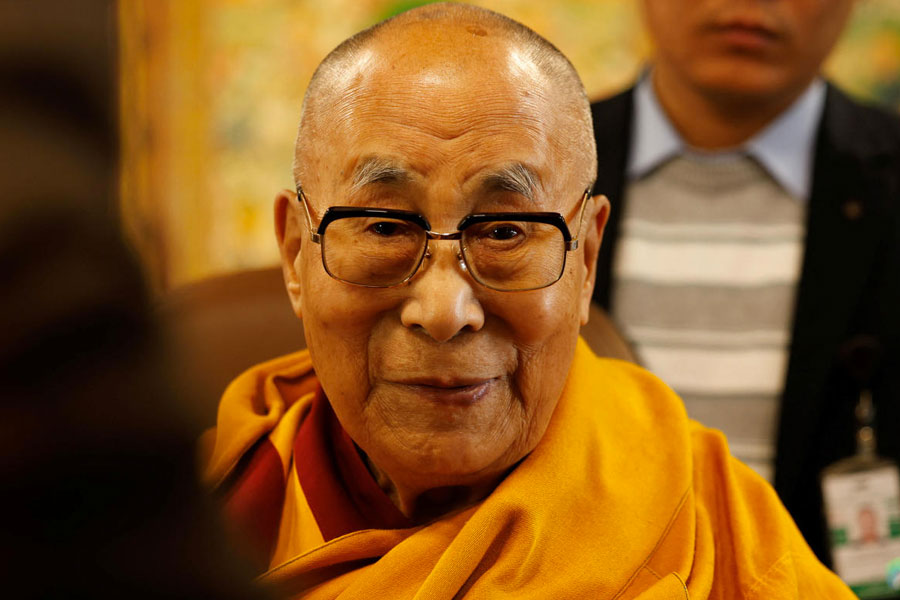 |
Shabina Akhtar explains: Hair is the pigmented keratin fibre that provides additional protection against Ultraviolet light and chemical damage in most mammalians. It also impedes the access of airborne insects to the skin. Moreover, it dramatically enhances skin insulation and thermoregulation (the latter so efficiently that the hair shafts of certain mammals can be used to make woollen sweaters or fur coats).
But while most of our body is covered by hair, thick or sparse, there are some areas that are not — and these are the palms and soles of our feet.
“The palms and soles, containing excessive nerve terminals, are the antennae of our body. But they have no hair roots and hence hair does not grow in these areas,” says Dr Sachin Varma, consultant dermatologist, Apollo Gleneagles Hospital, Calcutta. This was probably an evolutionary phenomenon, so that nothing would interfere with grasping or other fine movements associated with palms and soles, he adds.
Some scientists also believe that constant friction and hard labour coupled with non-usage of hair in these areas made the hair roots vanish as an evolutionary change.
Structurally, skin has two layers: epidermis and dermis (outer and inner layers respectively). The epidermis has a high capacity for regeneration after damage. It continually replaces the outer dead cells as well as generates the skin appendages like hair, nails, sweat and the sebaceous glands. When any one of these layers, epidermis or dermis, suffers from abnormal development, it affects the formation of the hair follicles. Keratinisation of the epidermis makes the skin of both palms and soles comparatively thicker than that in other parts of the body. The thick epidermis is not an ideal structure to support the germinal matrix of hair follicles. Hence, there is no hair on our palms and soles of feet.
The question was sent by Suranjan Saha from Behala










